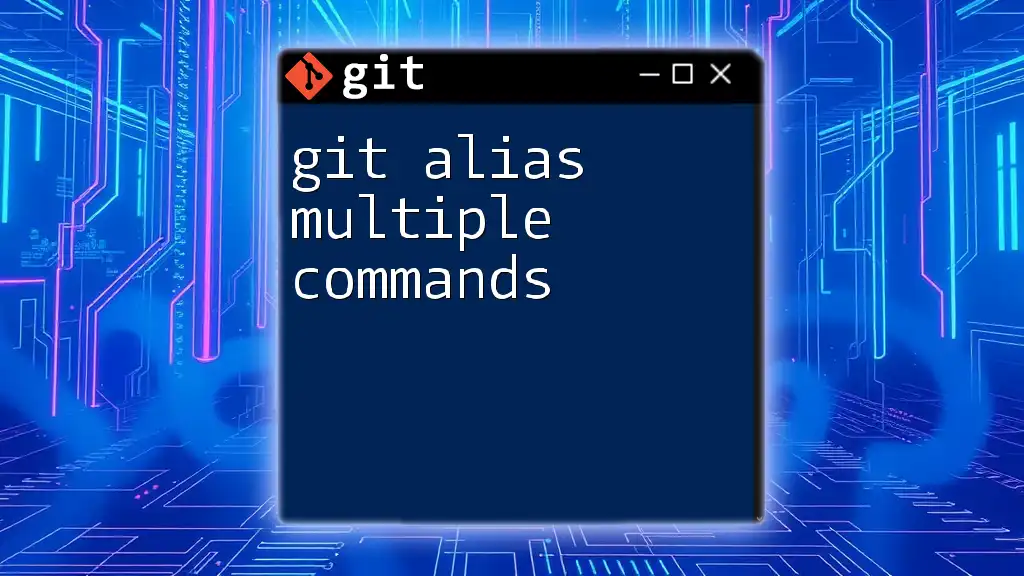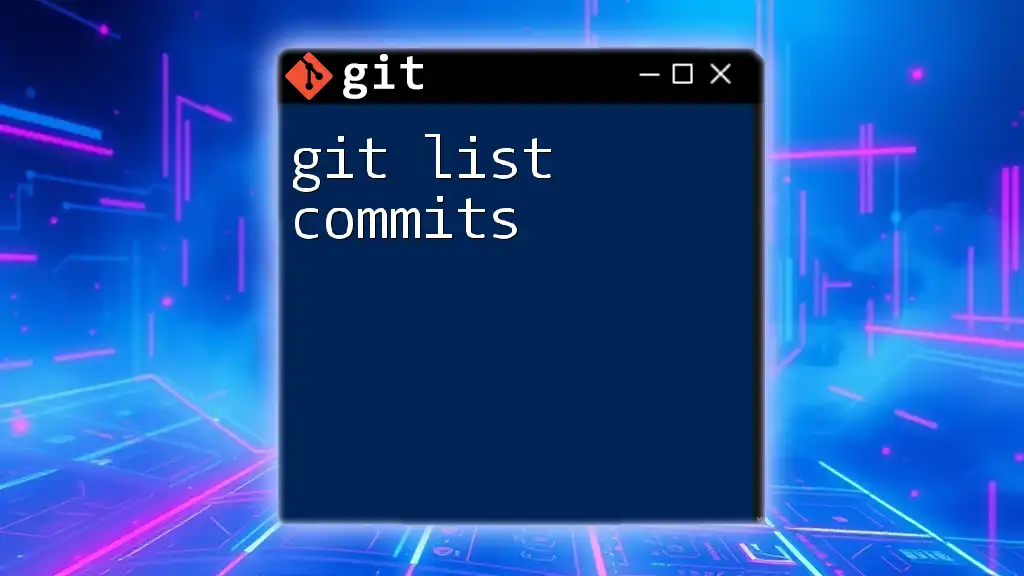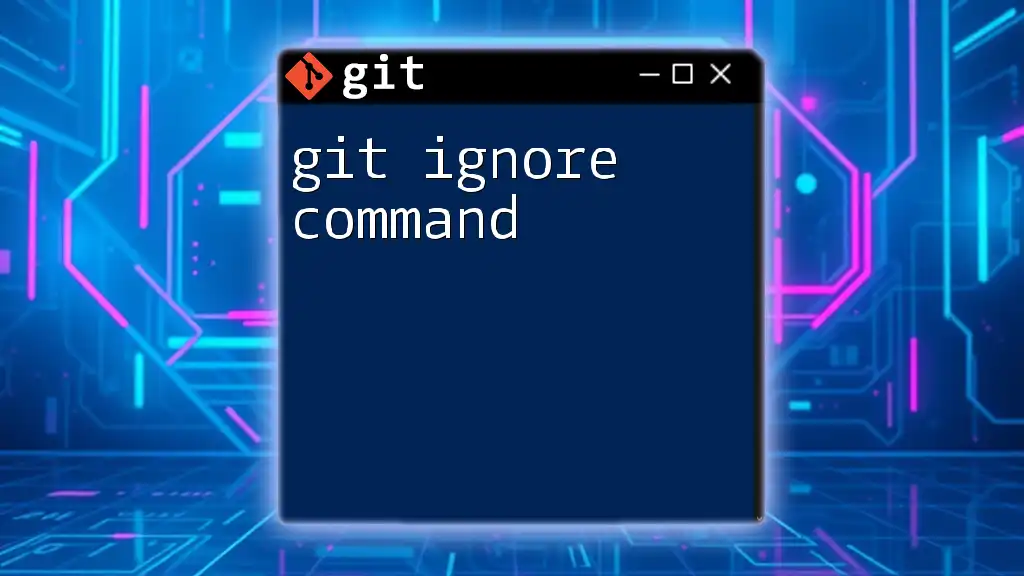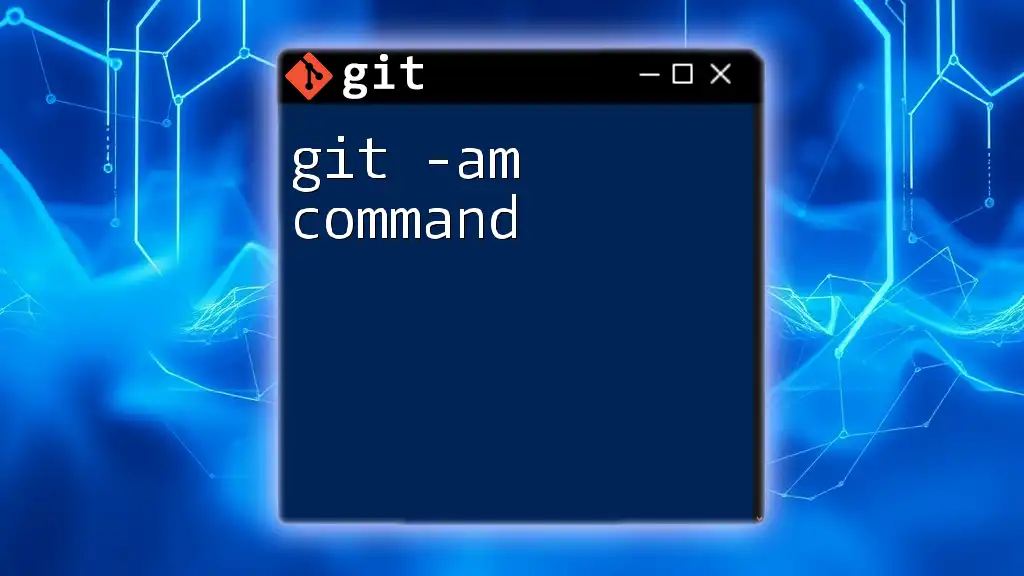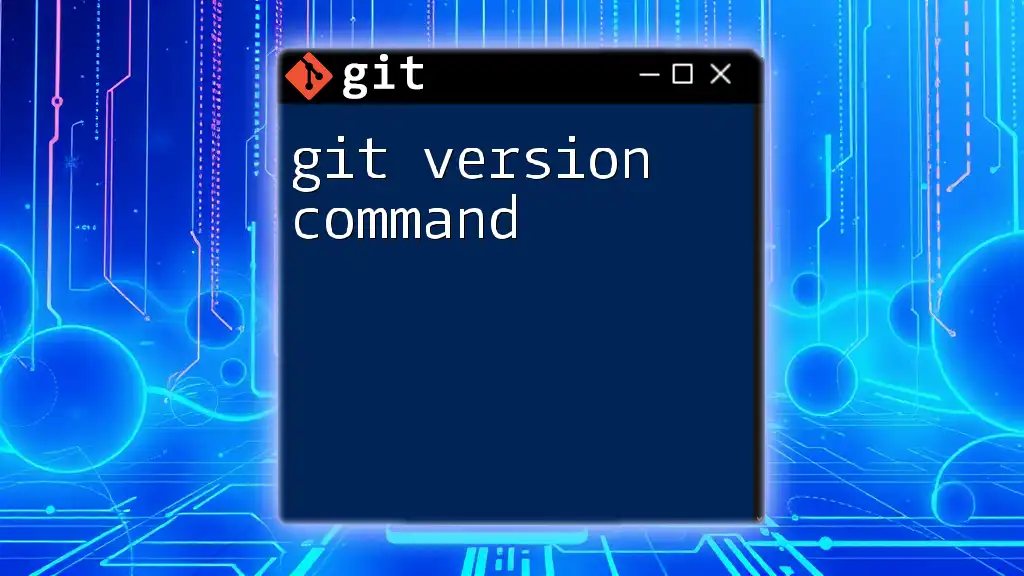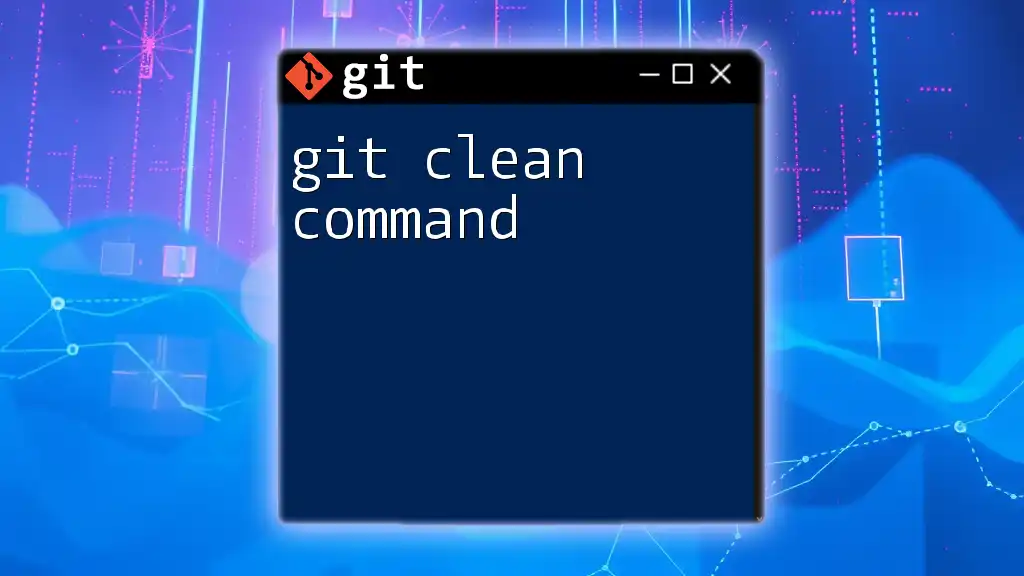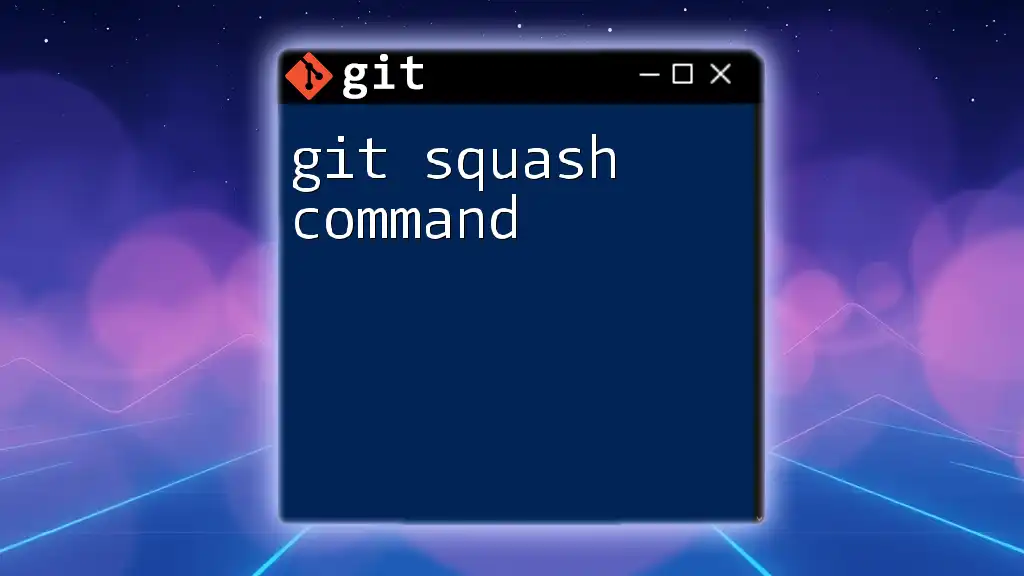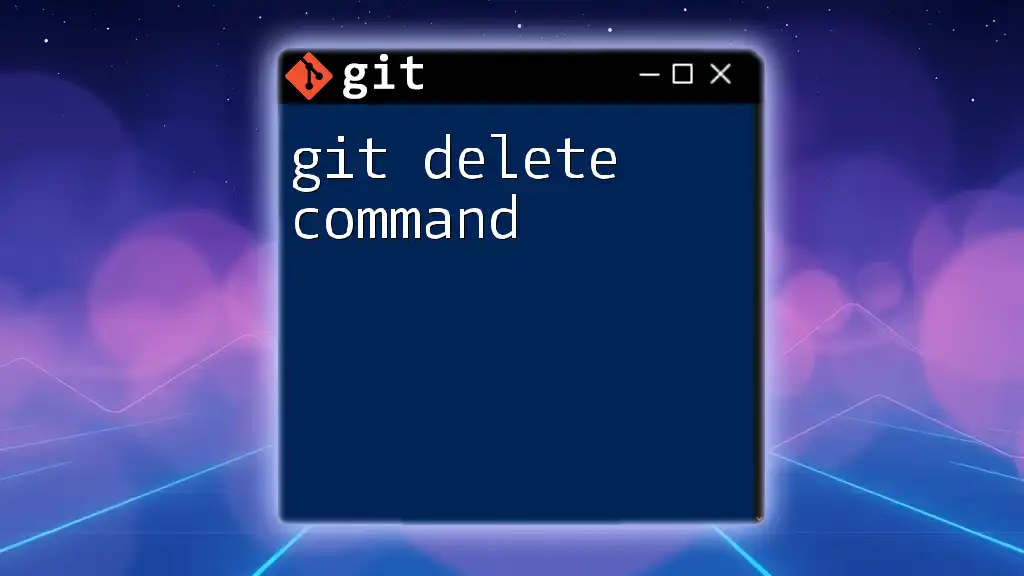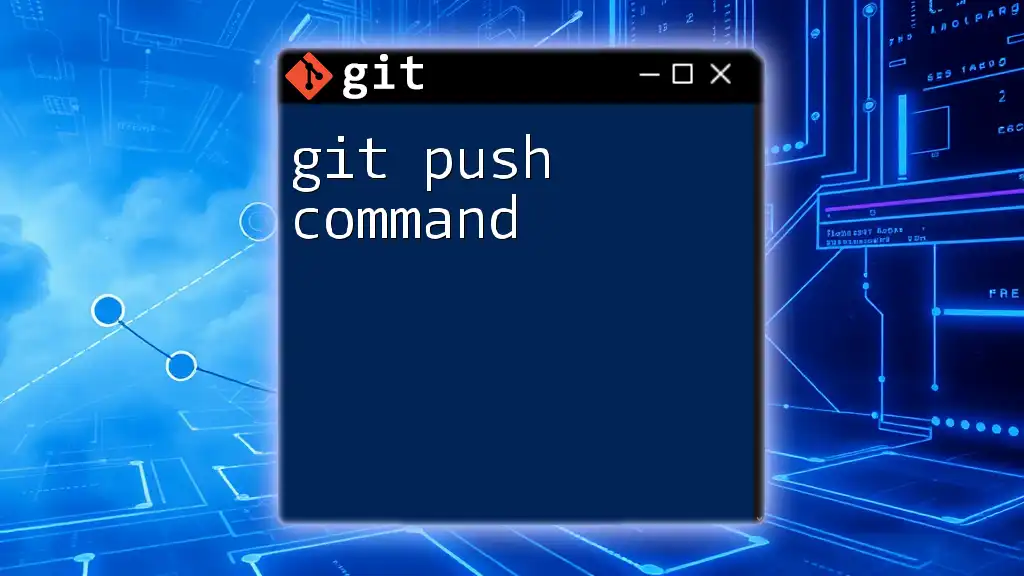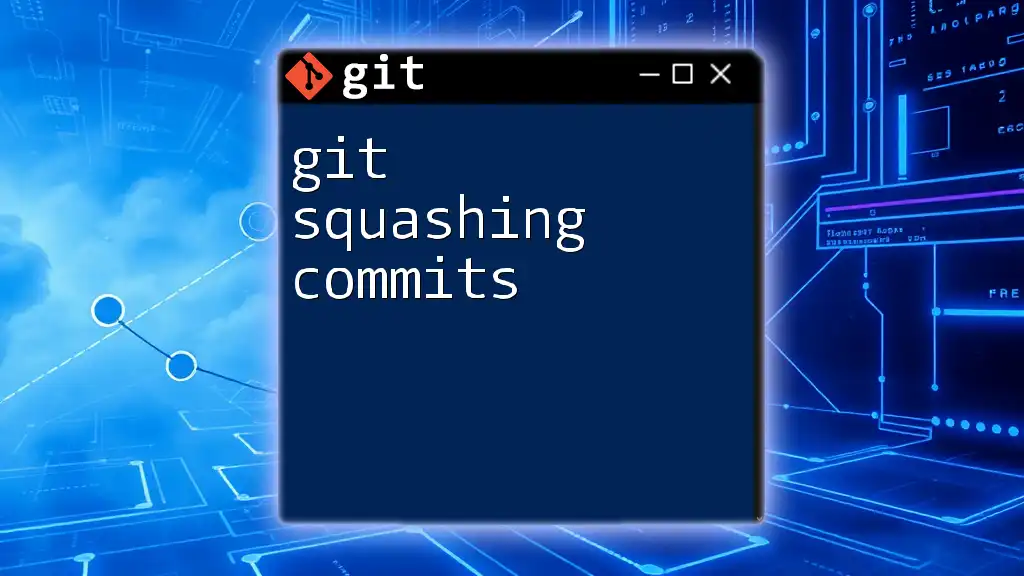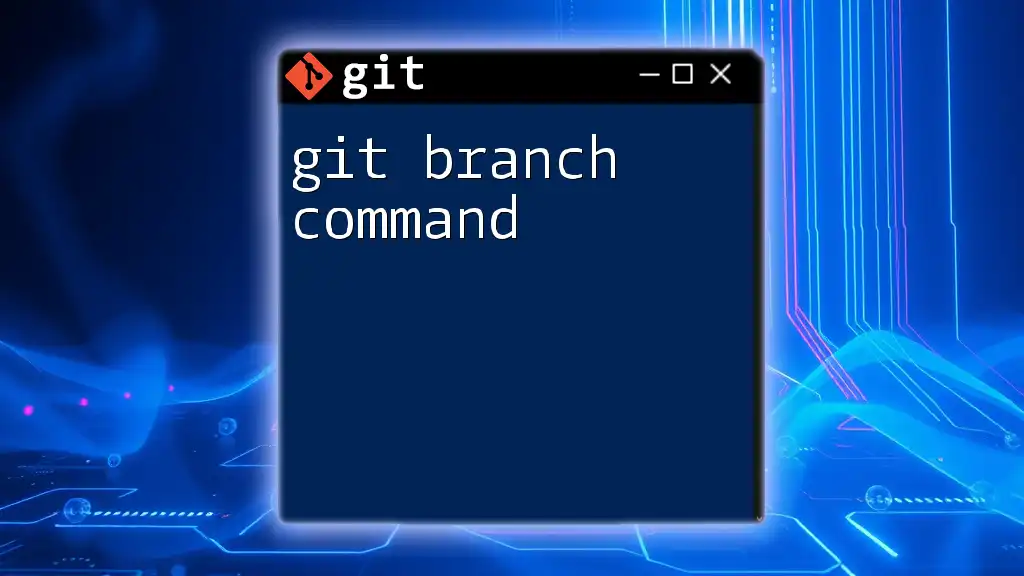You can create a Git alias that combines multiple commands to streamline your workflow, such as staging changes and committing them with a single custom command.
git config --global alias.ac '!git add -A && git commit -m'
This command allows you to use `git ac "Your commit message"` to stage all changes and commit them at once.
What is a Git Alias?
A Git alias is a shortcut that allows you to create a custom command for a longer or more complex Git command. By using aliases, you can simplify your workflows, increase efficiency, and maintain a cleaner command-line interface. Instead of repeatedly typing out lengthy commands, you can simply refer to the alias, reducing the potential for errors and speeding up your workflow.
Why Use Multiple Command Aliases?
Using aliases for multiple commands can greatly enhance your productivity in Git. Here are some key benefits:
- Increased efficiency: Combining multiple commands into one alias means you can execute several actions with a single input.
- Cleaner command-line interface: It minimizes clutter, allowing you to focus on more important tasks instead of memorizing complex commands.
- Reduced risk of errors: By automating multiple processes, you limit the chance of making typos.
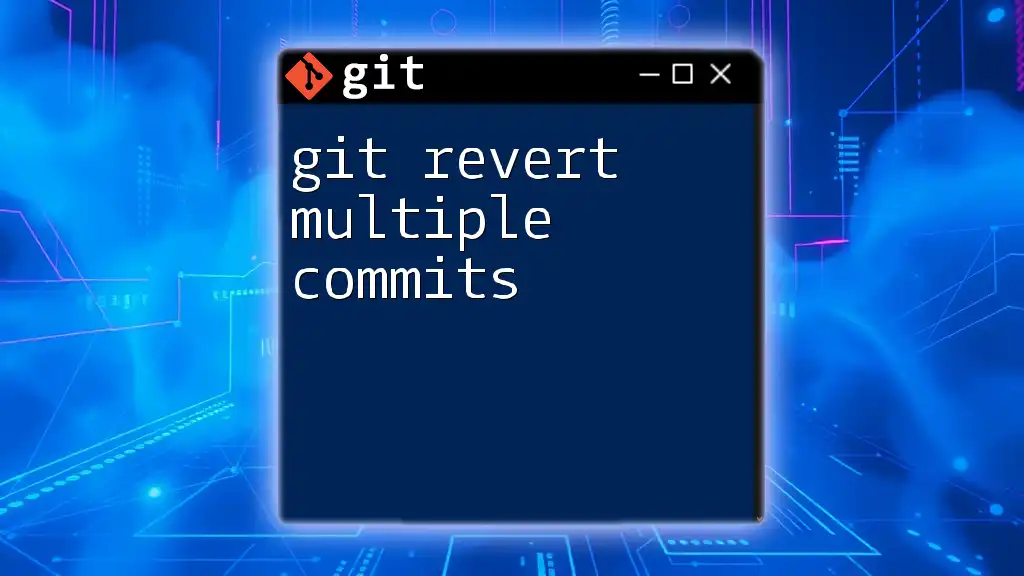
Setting Up Git Aliases
How to Create a Basic Alias
Creating a basic Git alias is straightforward. Here’s the syntax:
git config --global alias.<alias-name> '<command>'
For instance, if you want to create a simple alias for the checkout command, you could use:
git config --global alias.co 'checkout'
This command means that whenever you type `git co`, it will function the same way as `git checkout`.
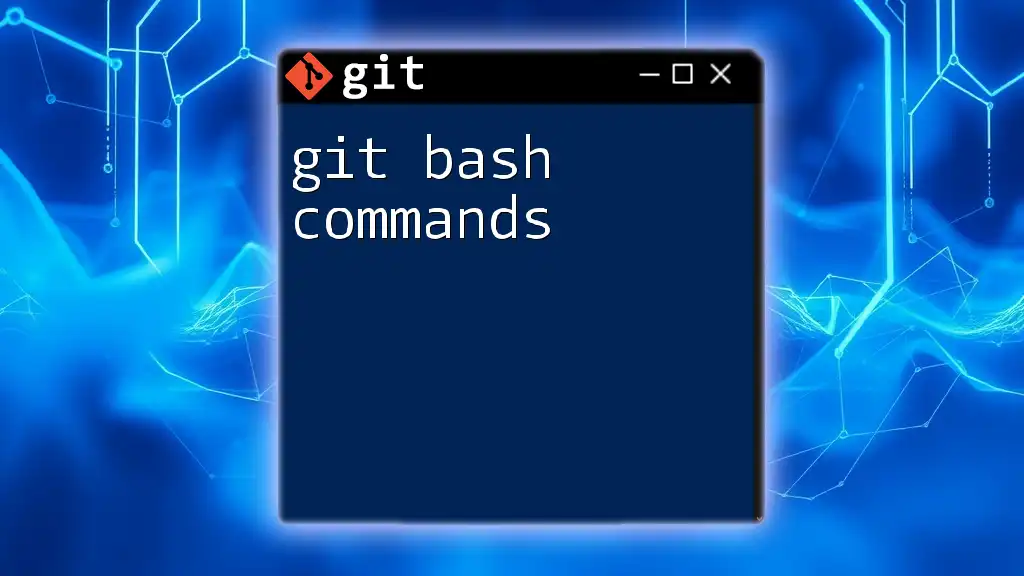
Creating Alias for Multiple Commands
Understanding Shell Commands and Git
To create an alias for multiple commands, it’s essential to understand how shell commands work in combination with Git commands. Unlike individual Git commands, combining multiple commands requires a layer of shell functionality.
Using the `&&` Operator
You can chain commands in your alias using the `&&` operator, which executes the next command only if the previous one was successful. Here's how you might set that up:
git config --global alias.deploy '!git add . && git commit -m "Deploying changes" && git push origin main'
In this example, the alias `deploy` performs three actions sequentially. First, it adds all changes, then commits those changes with a message, and finally pushes the changes to the `main` branch. If any command fails, the subsequent commands will not run, which is a useful safeguard.
Using Semicolons for Command Separation
Another way to create aliases for multiple commands is to use semicolons to separate them. Unlike the `&&` operator, this method runs all the commands regardless of whether the previous command succeeded.
For example, consider this alias:
git config --global alias.full-update '!git fetch origin; git pull origin main; git push'
Here, the `full-update` alias fetches the latest changes from the remote repository, pulls in any new updates to the `main` branch, and finally pushes any local changes, all in one go, regardless of whether the fetch command succeeded.
Using a Shell Script
For more complex command sequences, you may want to consider using a separate shell script. This approach allows you to handle more intricate tasks without cluttering the Git configuration.
Here’s a sample shell script:
#!/bin/bash
git add .
git commit -m "$1"
git push origin main
You can then create an alias that points to this script:
git config --global alias.submit '!bash /path/to/your/script.sh'
In this example, you can run the command by providing a commit message as an argument. This flexibility makes it easier to manage complex workflows without confusion.

Enhancing Your Git Aliases
Utilizing Variables in Aliases
One great feature is the ability to use variables in your aliases, allowing for more dynamic command execution. For instance, the following command sets up an alias for a commit that accepts a variable for the commit message:
git config --global alias.cm '!f() { git add .; git commit -m "$1"; git push; }; f'
To utilize this alias, you would execute `git cm "Your commit message"` in the terminal, allowing for easy and flexible commits directly from your command line.
Managing Your Aliases
As you create aliases, it’s important to keep track of them. You can view all current aliases by running:
git config --get-regexp alias
If you need to remove or modify an alias, you can do so easily with:
git config --global --unset alias.<alias-name>
This command will delete the specified alias, ensuring your Git configuration remains tidy.
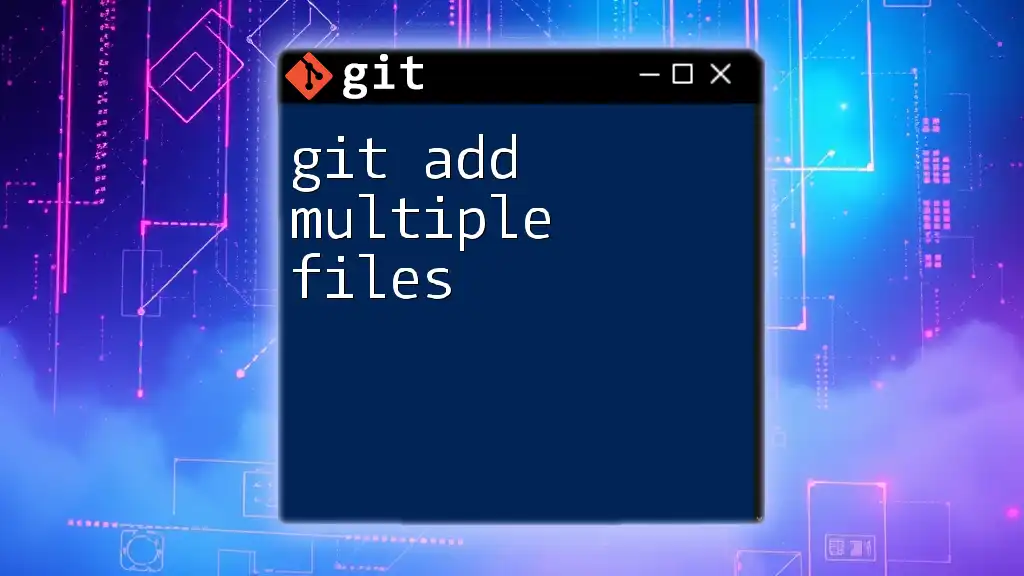
Best Practices for Using Git Aliases
Keep Aliases Intuitive and Descriptive
When creating aliases, it's important to maintain clarity. Use descriptive names that reflect the actions they perform. An alias like `git deploy` is better than something obscure like `git d`.
Documenting Your Aliases
It’s beneficial to document your aliases, particularly if you're working in a team or plan to share your configurations. Keeping a record in a plain text file or using tools like GitHub Gists makes it easy to reference your commands later.
Testing Your Aliases
Always test your aliases immediately after creation. This ensures that they function as intended and helps to catch any typos or errors early. Running the alias in your terminal will give instant feedback on its effectiveness.
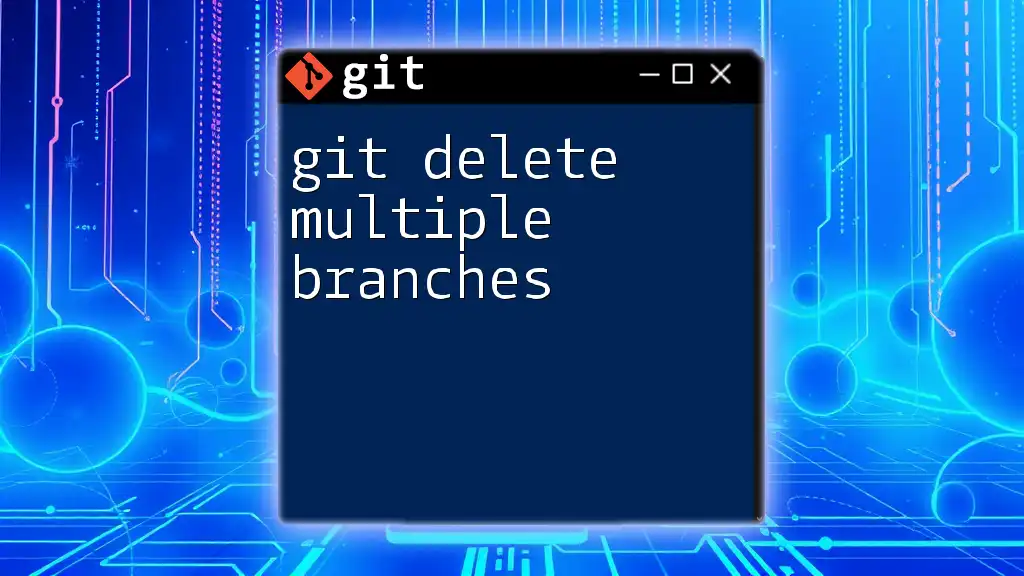
Conclusion
Utilizing git alias multiple commands is an incredibly efficient way to streamline your workflow. By setting up custom shortcuts for common sequences of Git operations, you can save time, reduce errors, and maintain a more organized command-line environment. Start experimenting with creating your own aliases today, and consider sharing your favorites or any tips in the community!

